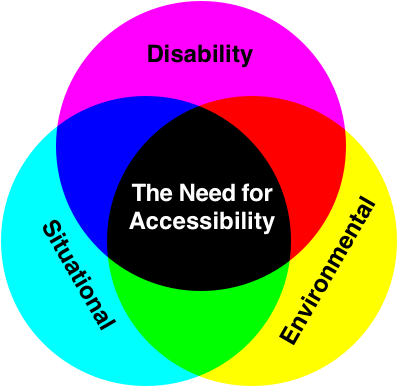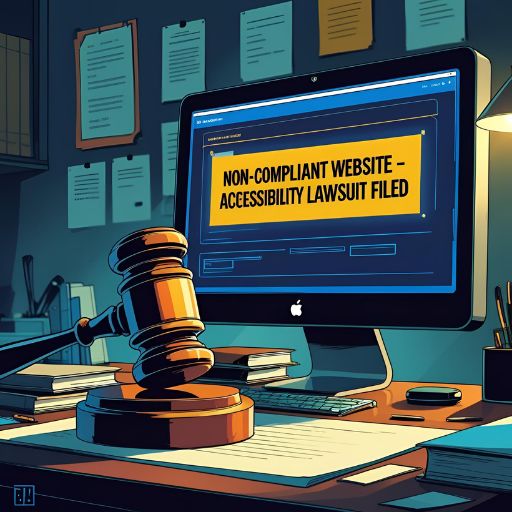Introduction to WCAG: What It Is and Why It Matters
Estimated read time: 5–6 minutes
Why Accessibility Should Be Everyone’s Priority
Every time someone visits your website, they bring their own set of abilities, devices, and challenges. For some, navigating a site without a mouse is essential. For others, screen readers are their main tool for browsing. That’s where WCAG—the Web Content Accessibility Guidelines—comes in.
WCAG isn’t just a technical checklist. It’s a framework for building websites and applications that everyone can use—regardless of physical, sensory, or cognitive ability.
What Is WCAG?
WCAG (pronounced "Wuh-KAG") is a set of internationally recognized guidelines for web accessibility, developed by the World Wide Web Consortium (W3C). It has evolved through:
| Version | Released | Key Focus |
|---|---|---|
| WCAG 2.0 | 2008 | Core accessibility principles |
| WCAG 2.1 | 2018 | Mobile, low vision, and cognitive needs |
| WCAG 2.2 | 2023 | More inclusive navigation and interaction support |
| WCAG 3.0 | (Upcoming) | Broader, more flexible model in development |
Who Benefits from WCAG?
Accessibility is not just for “them”—it’s for all of us.

This shows how accessibility supports everyone—from permanent disabilities to temporary or situational limitations.
WCAG helps:
- People with permanent disabilities (blindness, deafness, mobility impairments)
- People using devices with limited functionality (e.g., phones in bright light)
- Older adults with cognitive or motor challenges
- Users on slow or unstable internet connections
Why It’s More Than a Nice-to-Have
Depending on your region, web accessibility might be required by law:
| Region | Law | WCAG Requirement |
|---|---|---|
| USA | ADA, Section 508 | WCAG 2.0 or higher (often AA) |
| EU | EN 301 549 | WCAG 2.1 AA |
| Canada | AODA | WCAG 2.0 AA (growing toward 2.1/2.2) |

Increasingly, organizations face legal risk when accessibility is ignored.
What You’ll Learn in This Series
We’ll break down WCAG into practical, digestible posts, including:
✅ The Four Principles of Accessibility (POUR)
✅ What Levels A, AA, and AAA mean
✅ Accessibility tools and checkers
✅ Tips for accessible HTML, JS frameworks, and design
✅ Legal risks and ethical insights
✅ What’s coming in WCAG 3.0
WCAG References and Checklists
- W3C’s How to Meet WCAG (Quick Reference)
- a11yproject’s WCAG Checklist
- WebAim’s 10 page WCAG Checklist
- Full WCAG 2.2 Guidelines
Includes:
- Key terms and definitions
- Links to free tools for testing accessibility
- Comprehensive guides to meeting accessibility standards
Top 10 Accessibility Issues & Fixes:
- Missing alt text -> Add descriptive alt attributes to all meaningful images.
- Low color contrast -> Ensure a contrast ratio of at least 4.5 for normal text.
- No keyboard navigation -> Make sure all content is reachable using a keyboard.
- No focus indicator -> Ensure visible focus styles on interactive elements.
- Improper heading structure -> Use heading tags (H1-H6) in a logical order.
- Links without context -> Use meaningful link text (avoid 'click here').
- Form elements not labeled -> Use elements properly associated with inputs.
- Video without captions -> Provide accurate closed captions for all videos.
- Missing page language -> Set the page's lang attribute (e.g.,
<html lang="en">). - ARIA misuse -> Only use ARIA roles when necessary and correctly.